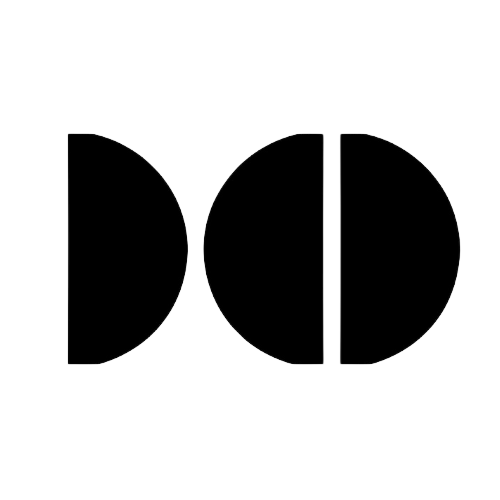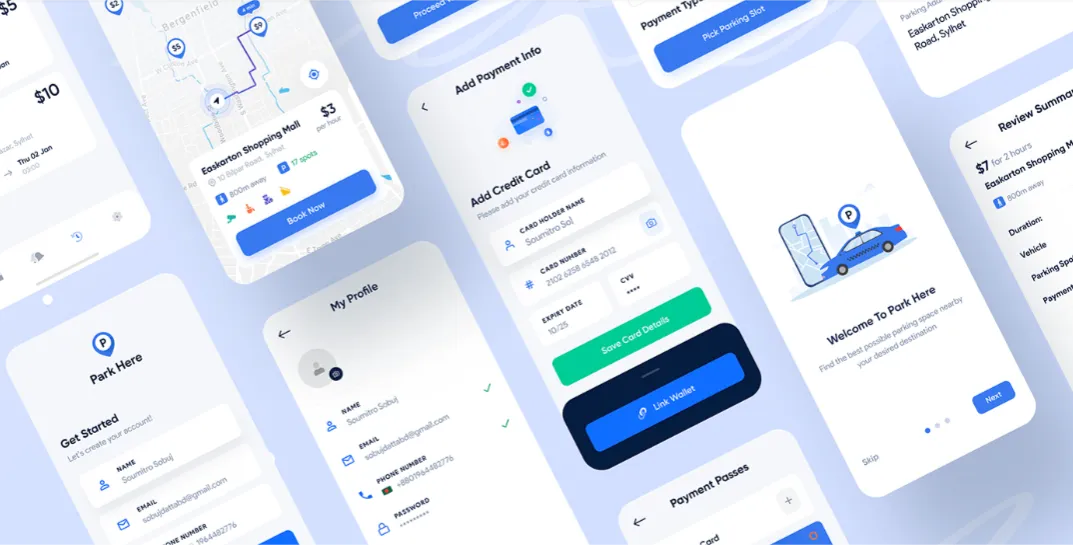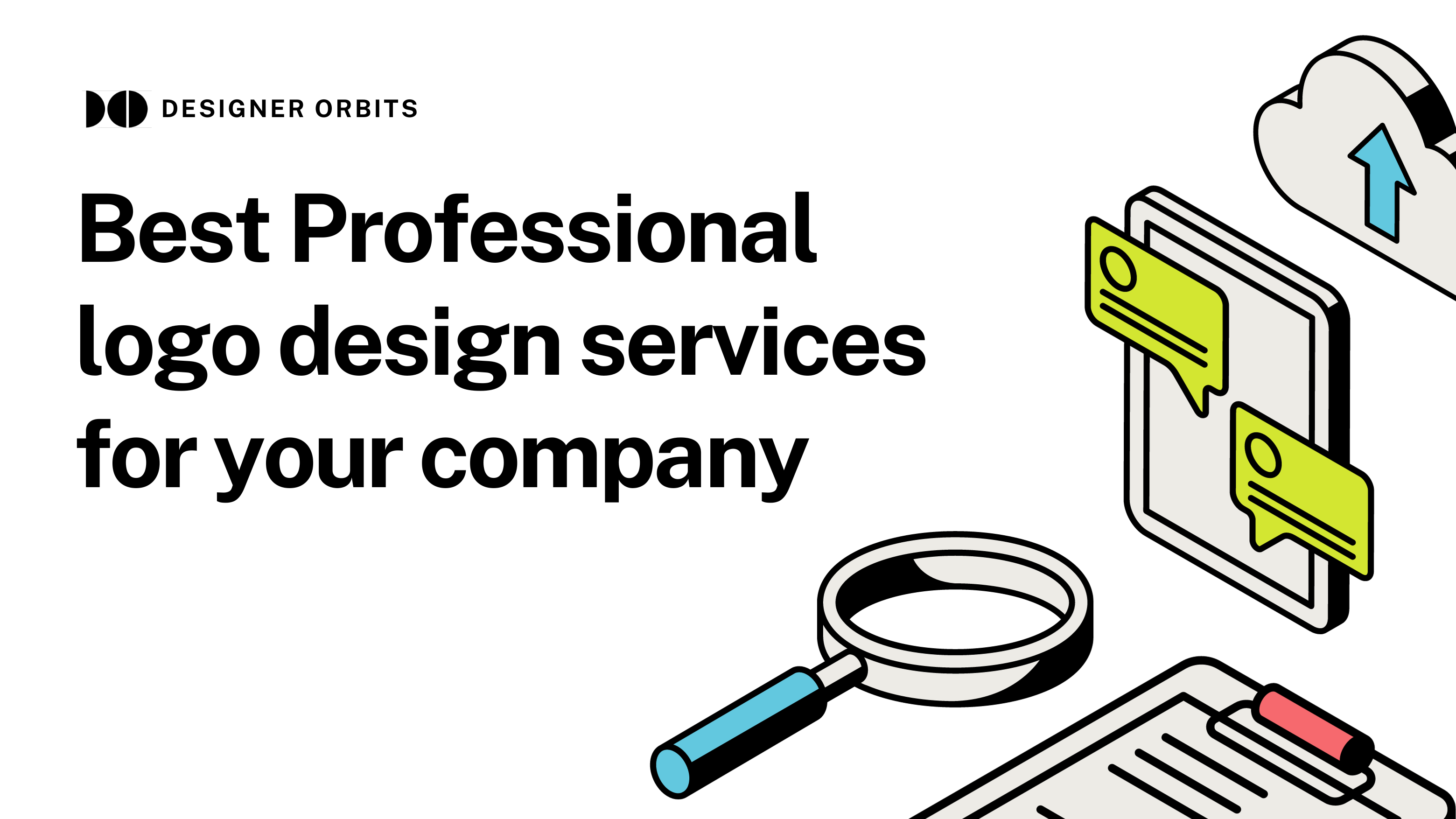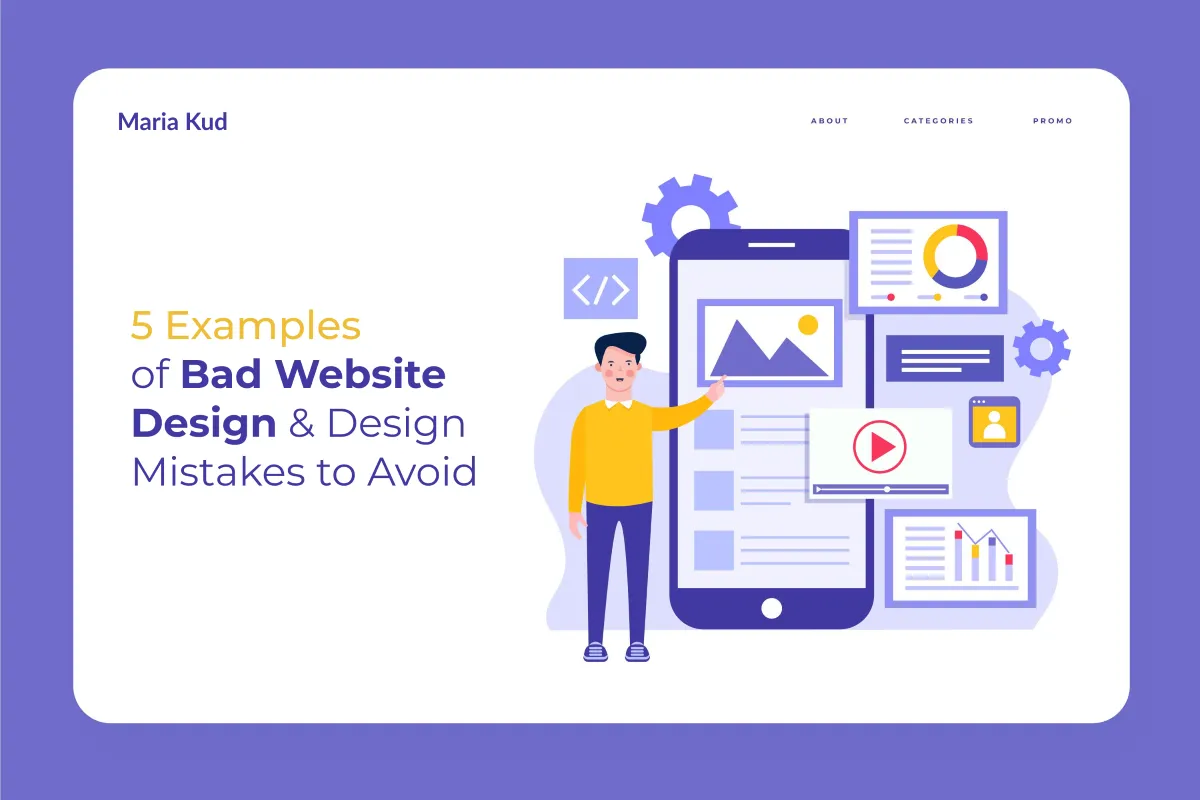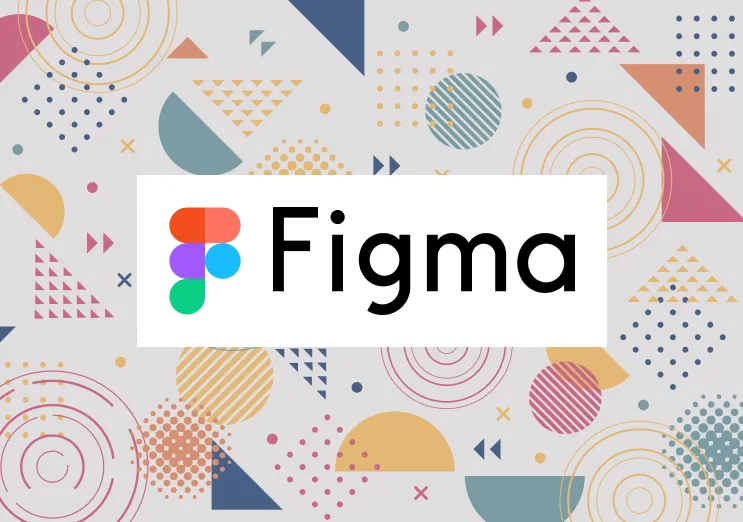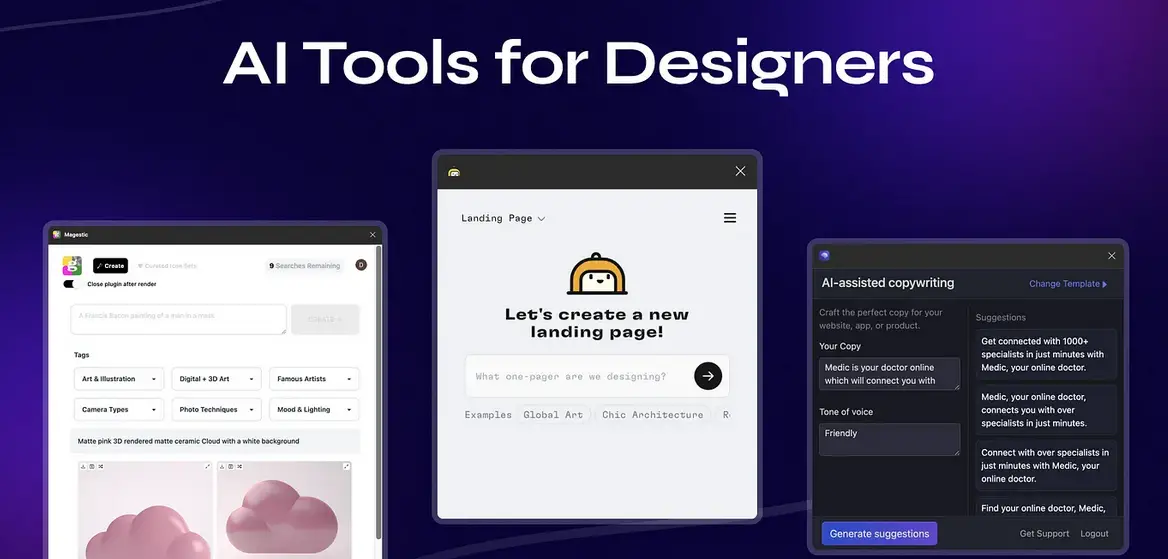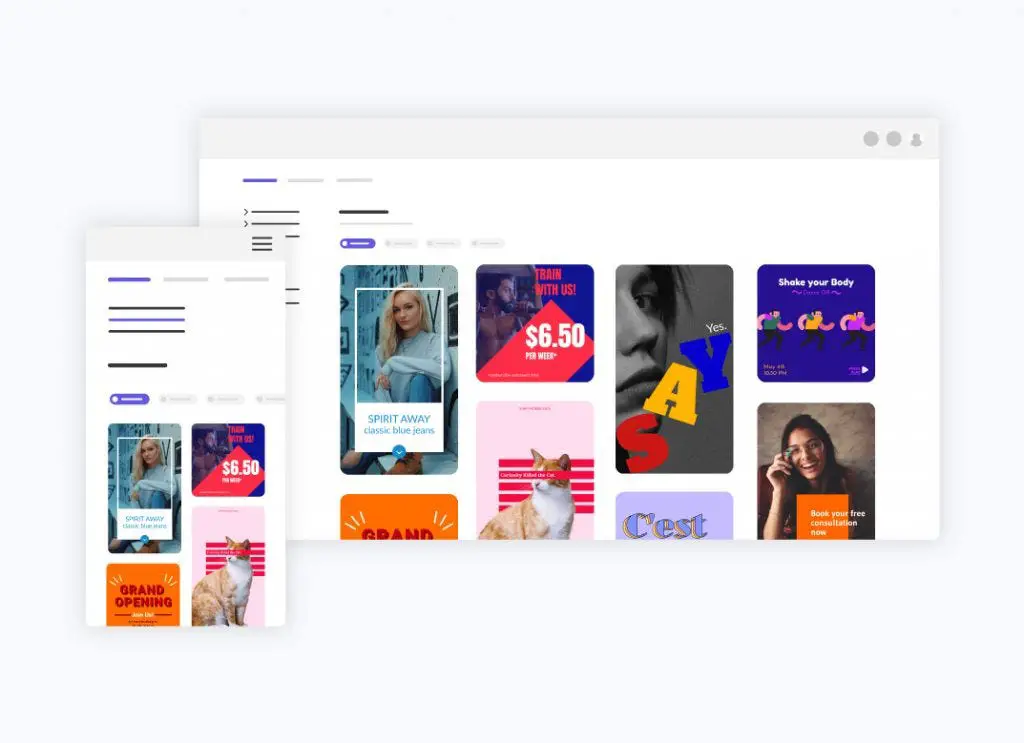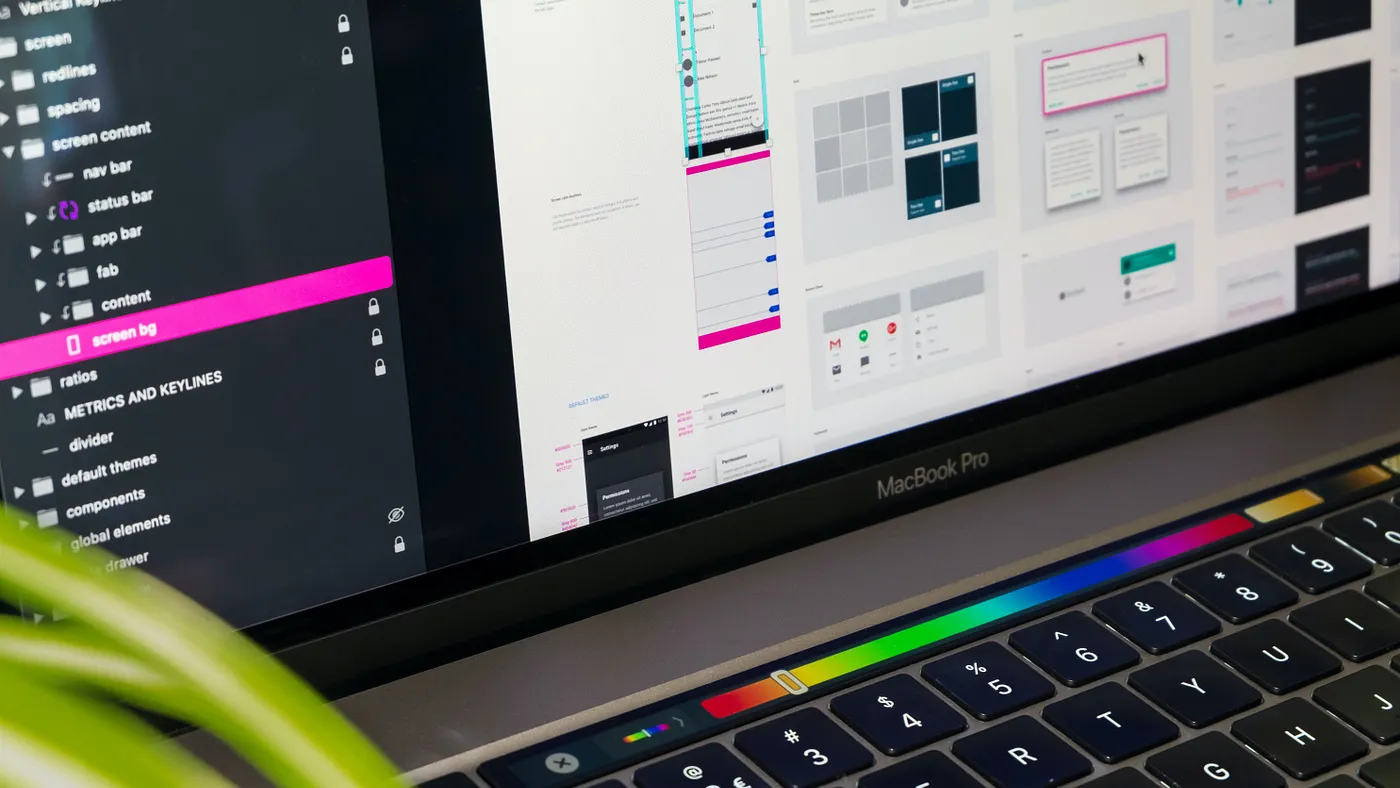While having work experience is valuable, a detailed case study often speaks louder than a long list of previous roles. Hiring managers often skim through dozens of portfolios, and a well-structured case study can instantly highlight your problem-solving skills and design thinking.
1. Start with the Problem
Begin by clearly stating the problem you aimed to solve. This shows that your design decisions are grounded in context, not just aesthetics.
2. Share Your Process
Break down your design journey step by step. Explain your research methods, brainstorming sessions, and iterations. Incorporate visuals like wireframes, user flows, and early sketches to bring your thinking to life.
3. Present the Final Outcome
Showcase the final design and talk about the results. Even if it wasn’t a real-world project, a case study based on a known product can be just as powerful. It demonstrates your grasp of UX principles and creativity in problem-solving.
💡 Tip: Get inspired by platforms like Behance or Case Study Club. Analyze how top designers structure their case studies and how they narrate their process.
Build a Social Presence That Stands Out
Your work doesn’t live in a bubble — social visibility is important. A strong online presence can set you apart in a sea of applicants.
Share Your Work
Use platforms like Behance, Dribbble, or your own personal website to display your portfolio. Before publishing, seek feedback from senior designers to polish your work.
Join the Conversation
Engage with the design community on LinkedIn or X (Twitter). These platforms often have more interactive and professional discussions than Instagram. Networking here can lead to valuable opportunities and insights.
Be Authentic
Don’t just share the highlights — talk about the struggles and lessons learned. Hiring managers value honesty and perseverance just as much as visual talent.
Craft a Clean, Targeted CV
Your CV is often the first impression you make — make it count.
Keep It Structured
Use clear headings and a simple layout. Put focus on contact info, skills, and your strongest projects or case studies.
Make It Visually Appealing
As a designer, your CV should reflect your sense of design. Use white space, readable fonts, and a cohesive color palette. Simple, clean design often makes the best impact.
Customize for Each Job
Tailor your CV to the role you’re applying for. Highlight relevant experience, tools, and case studies that align with the job description.
Presentation is Everything
When it comes to showcasing your work — how you present it matters just as much as what you present.
Tell a Visual Story
Use a mix of visuals and concise text to explain your projects. Incorporating short videos or animations can elevate your presentation.
Keep it Consistent
Ensure all your portfolio elements — from your case studies to your CV — follow a consistent visual style. This shows attention to detail and professionalism.
Practice Makes Perfect
Be ready to present your portfolio during interviews. Know your stories well — what the challenge was, how you tackled it, and the impact your solution made.
Final Thoughts
Whether you’re a seasoned designer or just starting out, a thoughtful case study, a strategic online presence, and a clean CV can make all the difference. Employers are looking for thinkers, not just artists — so let your work do the talking.
